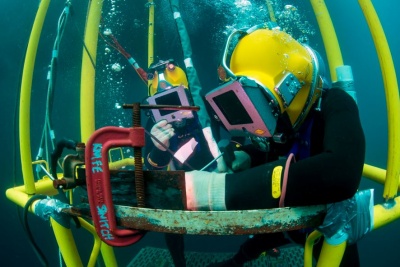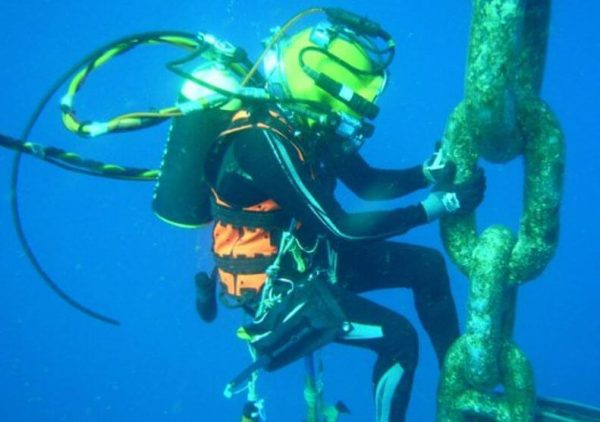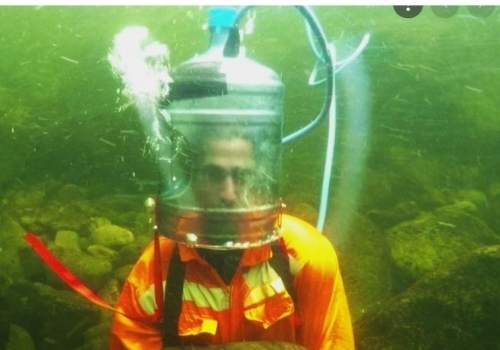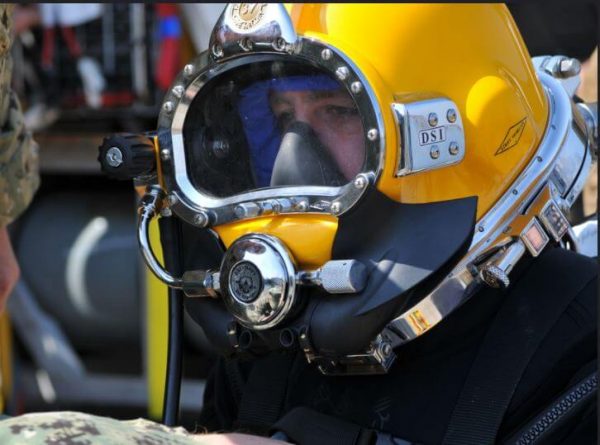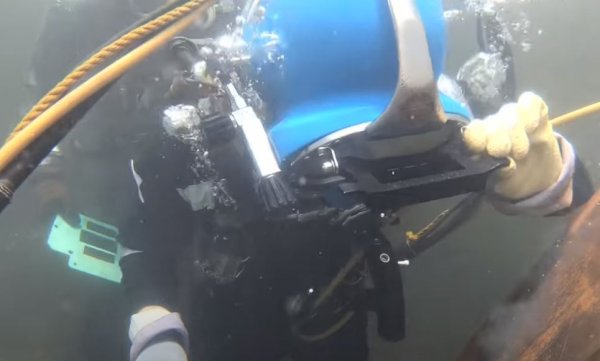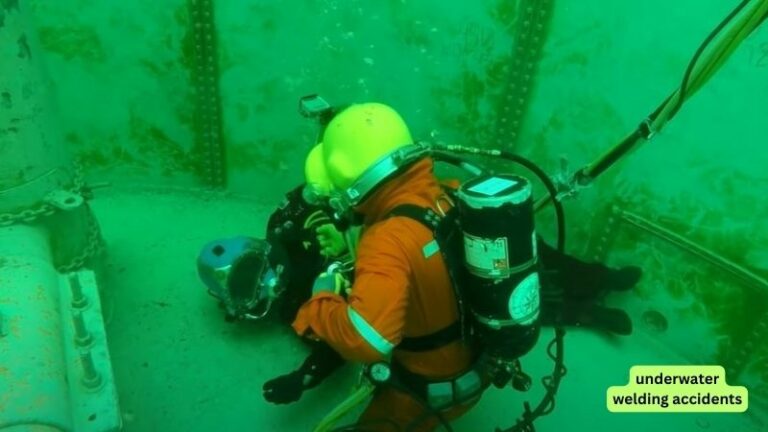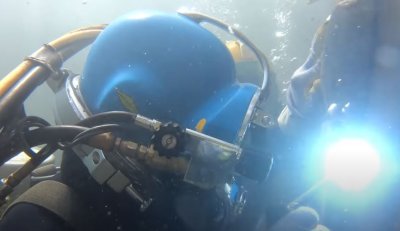Which Kind Of Equipment It Been Used to Welding Underwater?
today we know Which Kind Of Equipment It Been Used to Welding Underwater. Welding underwater presents a unique set of challenges that require specialized equipment. In order to weld effectively and safely underwater, it is important to choose the right kind of welding equipment. In this blog post, we will discuss the different types of equipment used for underwater welding.
underwater welding
Underwater welding is a process that involves joining two pieces of metal together using an electric arc. The process can be performed in either wet or dry conditions. Wet welding is carried out directly underwater while dry welding is done in a sealed chamber filled with gas.
welding (SMAW) machine:
The most commonly used equipment for underwater welding is the shielded metal arc welding (SMAW) machine. This type of machine uses an electrode that is coated with flux to create a protective layer around the weld. The flux protects the weld from contaminants such as water, oxygen, and other impurities that could weaken the weld.
welding (GTAW) machine:
Another type of equipment used for underwater welding is the gas tungsten arc welding (GTAW) machine. This machine uses a non-consumable tungsten electrode to produce the arc. The arc is created between the tungsten electrode and the workpiece, and a filler material is added manually to create the weld.
welding (FCAW) machine:
The third type of welding equipment used for underwater welding is the flux-cored arc welding (FCAW) machine. This type of machine uses a continuous wire feed to produce the weld. The wire feed is coated with flux, which creates a protective layer around the weld as it is being produced. This type of equipment is ideal for welding thicker materials.
In addition to these three main types of welding machines, there are also specialized welding machines that are designed specifically for underwater use. For example, some machines have been developed that are able to operate at greater depths and pressures than standard machines. These machines are often used for offshore oil rigs and other deep-sea projects.
One important consideration when choosing welding equipment for underwater welding is the type of power source. While most welding machines are powered by electricity, this can be problematic underwater because of the risk of electric shock. To eliminate this risk, some machines are powered by hydraulic systems, which use pressurized fluid to power the machine.
Another important consideration when choosing welding equipment for underwater welding is the type of electrode being used. Electrodes come in a variety of sizes and compositions, and it is important to choose the right one for the job. For example, some electrodes are designed for use with specific types of metals, while others are designed for use with certain welding techniques.
In addition to the welding machines and electrodes, there are also a number of other tools and accessories that are needed for underwater welding. For example, underwater welders need specialized diving gear, including wet suits, helmets, and breathing apparatuses. They also need cutting torches, grinders, and other tools for preparing the workpiece before welding.
visibility
One of the biggest challenges of underwater welding is visibility. The murky water can make it difficult for welders to see what they are doing, which can lead to mistakes and accidents. To address this issue, some underwater welders use special lighting systems that illuminate the work area.
In conclusion, With the right equipment and training, underwater welding can be a safe and effective way to join metal pieces together in challenging environments.
